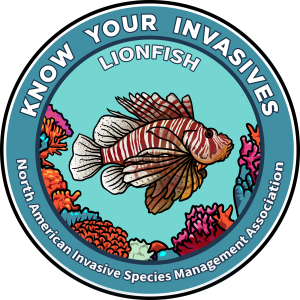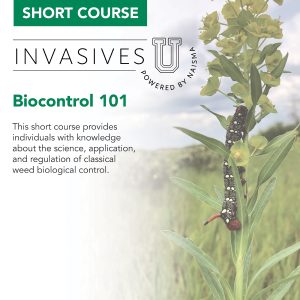Invasive species prevention requires advocacy at all levels of government, from a local noxious weed ordinance to drafting a nation-wide position. For National Invasive Species Awareness Week, we’re sharing success stories and advice from leaders across the nation.
Let’s talk about your legacy.
As land managers and natural resource groups, we invest a lot of money and resources into the straightforward use of tools, labor, supplies, and travel to prevent and manage invasive species. And many of us know the toil of grant proposal writing, reporting, and public outreach.
All of these efforts are important, and all of these efforts are not just a means to an end. They are opportunities for us to earn support from communities of funders, leaders and individuals — while also, of course, protecting biodiversity.
As I learned in Door County, Wisconsin, investing in the communities where you manage invasive species can mean natural resource maintenance that lasts beyond your grants and treatment plans.
First, make your efforts known
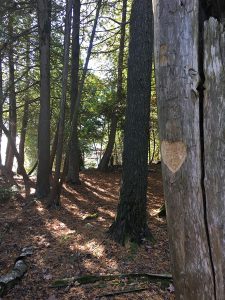
From 2010-2014, Door County, Wisconsin, saw its largest-yet investment for invasive species management and outreach efforts — nearly $250,000 of grant funding — on Phragmites australis, which was invading our shores. All of these treatment efforts resulted in the successful control of nearly 95% of the populations.
Be good neighbors
It was for all of those reasons that I began working with my municipal leaders in Door County.
Our outreach to our local leaders had actually begun well before our large scale treatments efforts. We had decided that we would be good neighbors as the county government and representatives of our local cooperative invasive species management association.
Meet them where they are
To increase our visibility and start meeting local leaders, we simply requested, through the town clerk, to be placed on the agenda for town/village board meetings. There, we shared efforts we would be doing in their villages and towns. We also explained why we were focusing on specific species.
Over time, our organization had made those leaders aware of our efforts and assured them that we are part of the community. Our message was simple: together we can be successful.
Then, educate leaders
At the end of our treatment efforts we began to recommend to our towns that they define, adopt, and implement a noxious weed ordinance. Our purpose was twofold: to maintain our successful treatment, and also to continue educating citizens about invasive species.
We guided municipal leaders themselves through the process of understanding how state laws empower them to take leadership on their invasive species problems.
Like many states, Wisconsin has the Home Rule in place. States grant cities and counties the power to exist and govern local affairs. States have also granted cities and counties the ability to draft their own charters and create their own powers, as long as these powers do not conflict with the state’s powers to govern. Cities and counties create their power to govern through their charters, and in turn, govern through their ordinances.
When you propose a noxious weed ordinance, be prepared
We arrived at town board meetings prepared for the ask. Here’s what worked for us when proposing a noxious weed ordinance:
- Share the state statute that allowed for the board to define (select) a noxious weed. We recommended plants that were not included in the state of Wisconsin’s 5-species noxious weed list and suggested adopting an ordinance regulating the new weed.
- Recommend the species to be defined as a noxious weed. We recommended that towns have an ordinance for the invasive species that had the highest treatment cost with the most success and included two species that would be easy for a homeowner to identify and treat. An ordinance will be best served with a select few plants rather than overwhelming them with everything from noxious to early detection species.
- Share why there is a need for an ordinance. In our case we needed it to be able to conduct treatments across private properties where permission wasn’t provided, such as:
- absentee landowner properties
- realtor-owned
- landowners that we aren’t able to locate
- Provide maps of historical infestation to current infestation size. Showing this decrease or maintenance is a good visual to explain the effort’s success.
- Arrive with numbers that are applicable to the town. Share the amount of money invested from the beginning of a project through to the end. This will illustrate that if the town acts now with an ordinance, efforts will be to maintain the already successful management and will contribute to reducing the risk of infestation expansion.
- Articulate your vision for enforcement. In our case, enforcing an ordinance was a last resort. An ordinance provided our cooperative weed management association another opportunity to provide education and information to landowners on the impact of invasive species and the necessity to treat them and the ordinance can be used if all else fails backup.
Armed with all of the above we were prepared for the ask and were able to address the officials’ concerns. In the end, 11 of our 17 villages and towns chose to define, adopt, and implement a noxious weed ordinance. We intend to continue in the remaining towns this season.
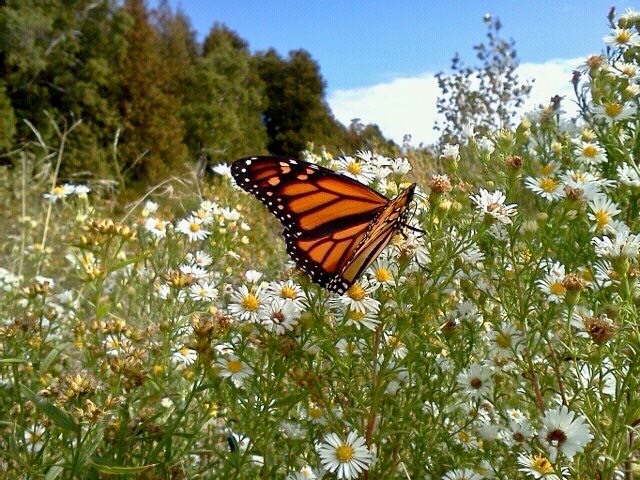
Empower leaders to educate their community
When a town decides to adopt an ordinance, community members take notice. That extra attention allowed our cooperative invasive species management association to provide outreach information to the communities to help citizens with:
- identifying invasive species of concern
- management recommendations that can be done by the landowner
- how to obtain pesticide applicator certification and permits, or how to find local contractor contact information
With the right investment of patience, communication and cooperation, you can create a system that supports the same action beyond your property lines that you’ve invested in your invasive species management program work.
Get involved with the North American Invasive Species Management Association:
- Join NAISMA to share your story with peers across the country who are engaging their own communities on invasive species awareness and noxious weed ordinances.
- Have you implemented a successful campaign to pass a local ordinance for invasive species? We want to hear from you! Contact our editor Tina Casagrand at to share your story.
- For more on engaging decision makers on invasive species issues, read, “Do You Have What You Need For an Invasive Species Engagement Plan?”
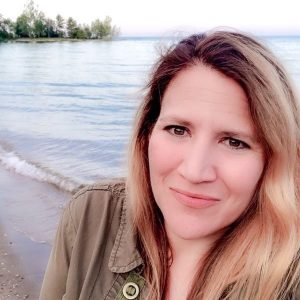
Krista Lutzke
Krista Lutzke’s natural resources career began with the Wisconsin DNR in the Natural Heritage Conservation Bureau conducting invasive species management and later working as the Great Lakes Restoration Initiative’s Phragmites australis Project Coordinator. Most recently she served as Conservationist with the Door County Soil & Water Conservation Department.


